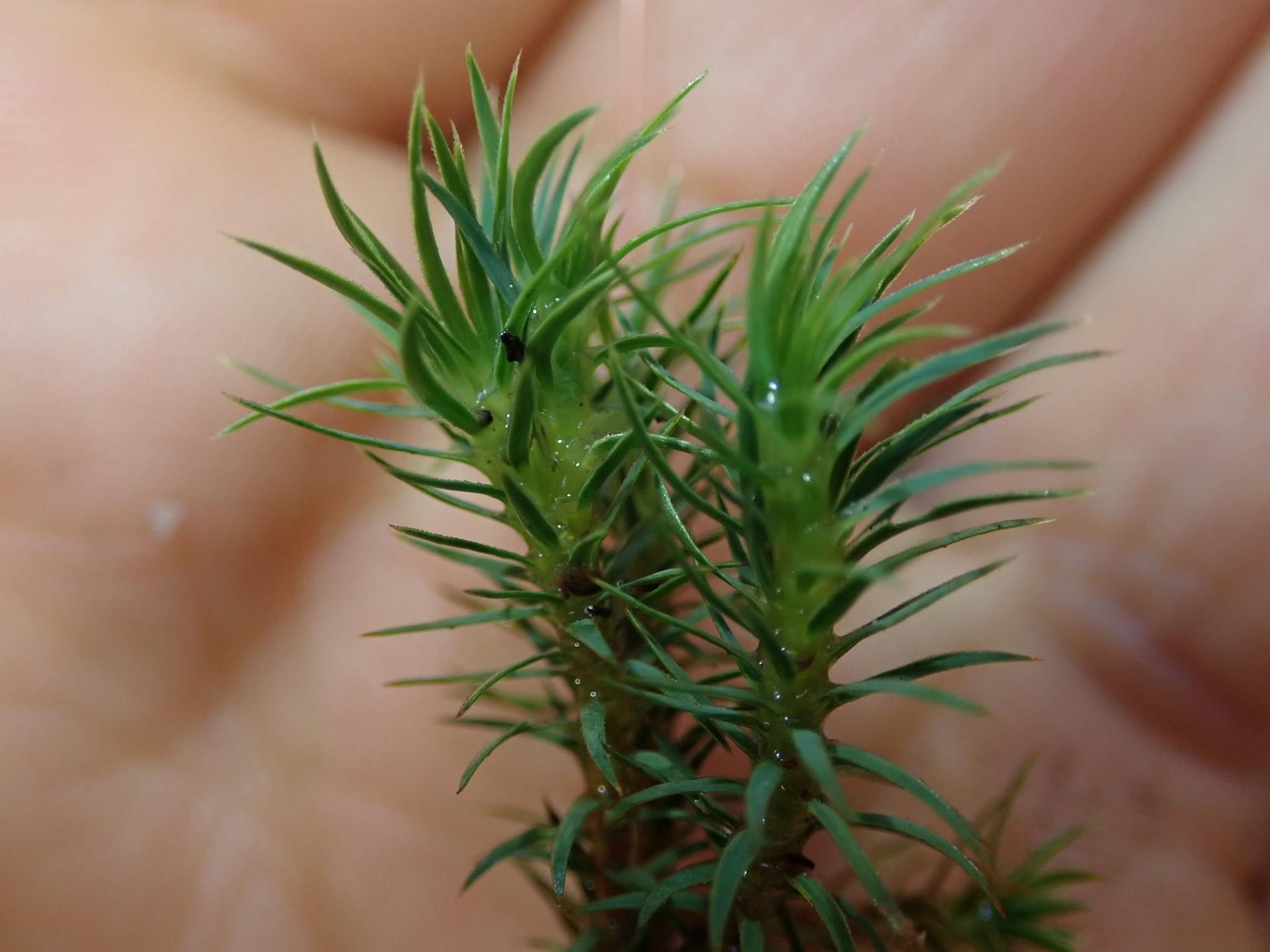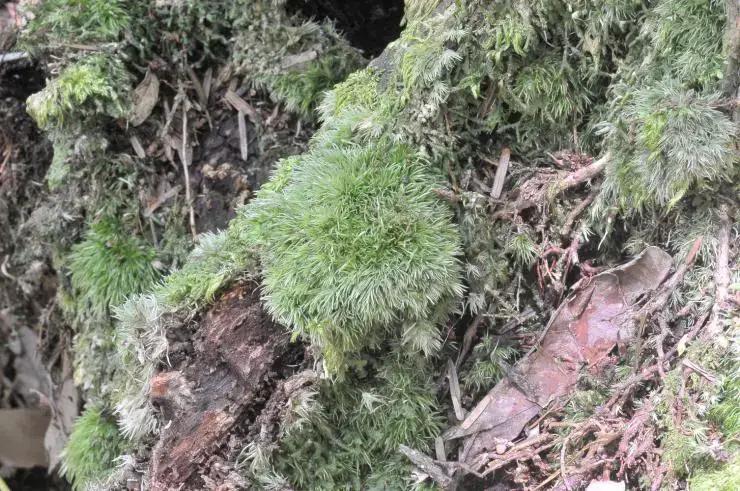
sureangu_01.jpg from: https://indiabiodiversity.org/species/show/18519
Pireella angustifolia: The Fascinating Moss of the Pterobryaceae Family

original.jpeg from: https://www.gbif.org/es/species/2682901
Introduction
Have you ever stopped to admire the tiny, intricate world of mosses? One particularly captivating species is

169147.jpg from: https://inpn.mnhn.fr/espece/cd_nom/4771

1727_Conardia_compacta_2011_05_01_img_1129.jpg from: https://www.bryo.cz/index.php?p=mechorosty_foto&site=en&gallery=conardia_compacta&id=1727
Pireella angustifolia (Müll.Hal.) Arzeni, a moss belonging to the Pterobryaceae family. Also known simply as Pireella, this diminutive plant packs a big punch when it comes to ecological importance and adaptability. Let’s dive into the fascinating details of Pireella angustifolia!
Background
Pireella angustifolia is a species of moss classified under the division Bryophyta

bf3b0c6a569300f9a45e776146e3527d.jpg from: https://www.pinterest.com/pin/792633603153600588/
and class Bryopsida. It was first described by German botanist Carl Müller in 1879 and later reclassified into the genus Pireella by Celina María Matteri in 1973. The specific epithet “angustifolia” means “narrow-leaved” in Latin, referring to the slender leaves of this moss.
Morphology and Identification
Pireella angustifolia forms small, delicate tufts or mats. Its stems are creeping to ascending, irregularly branched, and typically measure 1-3 cm long. The leaves are narrowly lanceolate, gradually tapering to a fine point. They have a single costa (midrib) that extends to the leaf apex. Under a microscope, the leaf cells appear elongated and smooth.
Identifying Pireella requires close examination of its sporophytes (spore-producing structures). The

7037e79d418c961c5141889e083833ce.jpg from: https://taieol.tw/muse/digi_object/2355523fe7d6b11d4b7a8ac495911fd7

moss_2.jpg from: https://mibellebiochemistry.com/8-surprising-facts-about-moss
seta (stalk) is smooth, reddish-brown, and 5-12 mm long. Capsules are erect, cylindrical, and have a peristome (ring of teeth around the mouth) with 16 teeth that split into two segments.
Global Distribution and Habitat
Pireella angustifolia has a pantropical distribution, meaning it occurs in tropical regions worldwide. Its range extends from southern Mexico and the Caribbean to northern South America, as well as parts of Africa, Asia, and the Pacific Islands. This adaptable moss inhabits a variety of substrates, including tree trunks, branches, and occasionally rocks or soil, in moist forests from lowlands to mountains.
Ecological Roles and Adaptations
Like other mosses, Pireella plays important ecological roles:
Moisture retention: Pireella’s dense growth helps trap and retain moisture, contributing to humidity in forest understories.
Nutrient cycling: As Pireella decomposes, it releases nutrients back into the ecosystem, supporting the growth of other plants.
Microhabitats: The mats formed by Pireella provide shelter and microhabitats for various invertebrates and micro-organisms.
Pireella has adapted to thrive in tropical environments:
Desiccation tolerance: Like many mosses, Pireella can survive periods of dryness by going dormant and reviving when moisture returns.
Lightweight spores: The small, wind-dispersed spores of Pireella enable it to colonize new areas readily.
Asexual reproduction: In addition to sexual reproduction via spores, Pireella can regenerate from fragments, aiding in local dispersal.
Conclusion
Pireella angustifolia may be small, but it is a prime example of the incredible diversity and resilience of mosses. From its delicate morphology to its global distribution and ecological significance, this unassuming plant reminds us to appreciate the wonders of nature at every scale. The next time you’re in a tropical forest, keep an eye out for the miniature world of Pireella! What other secrets might these ancient plants hold?